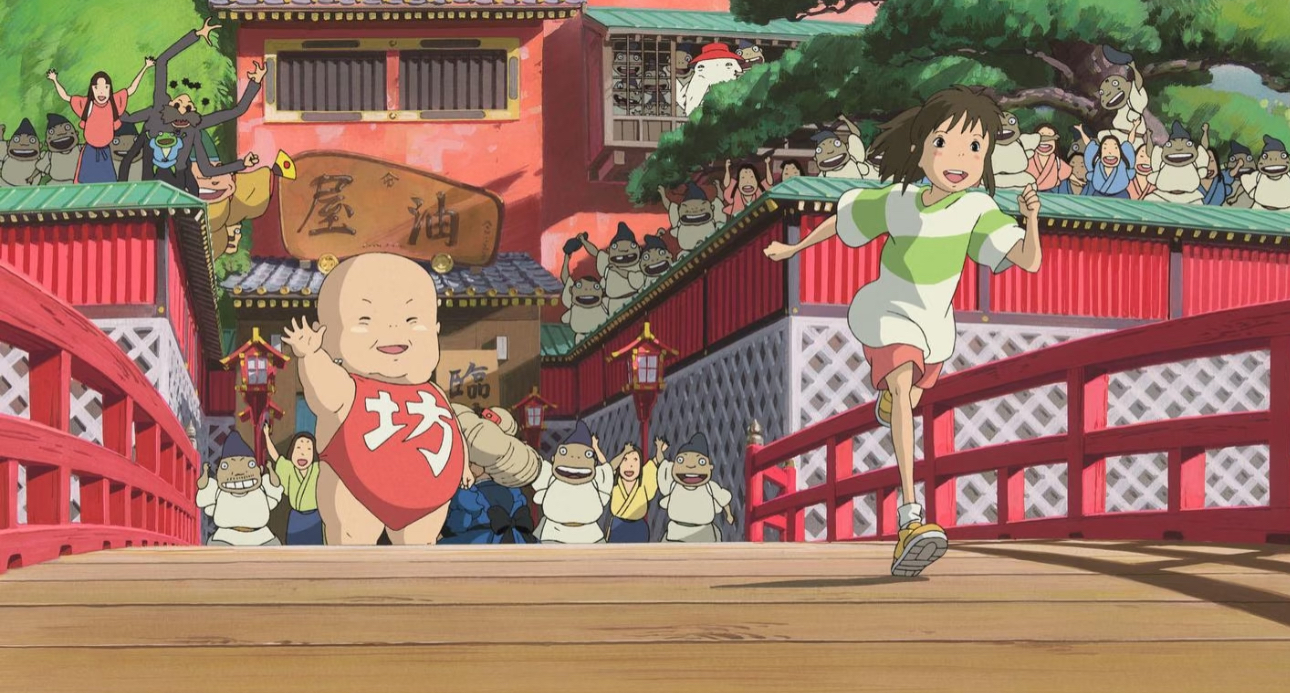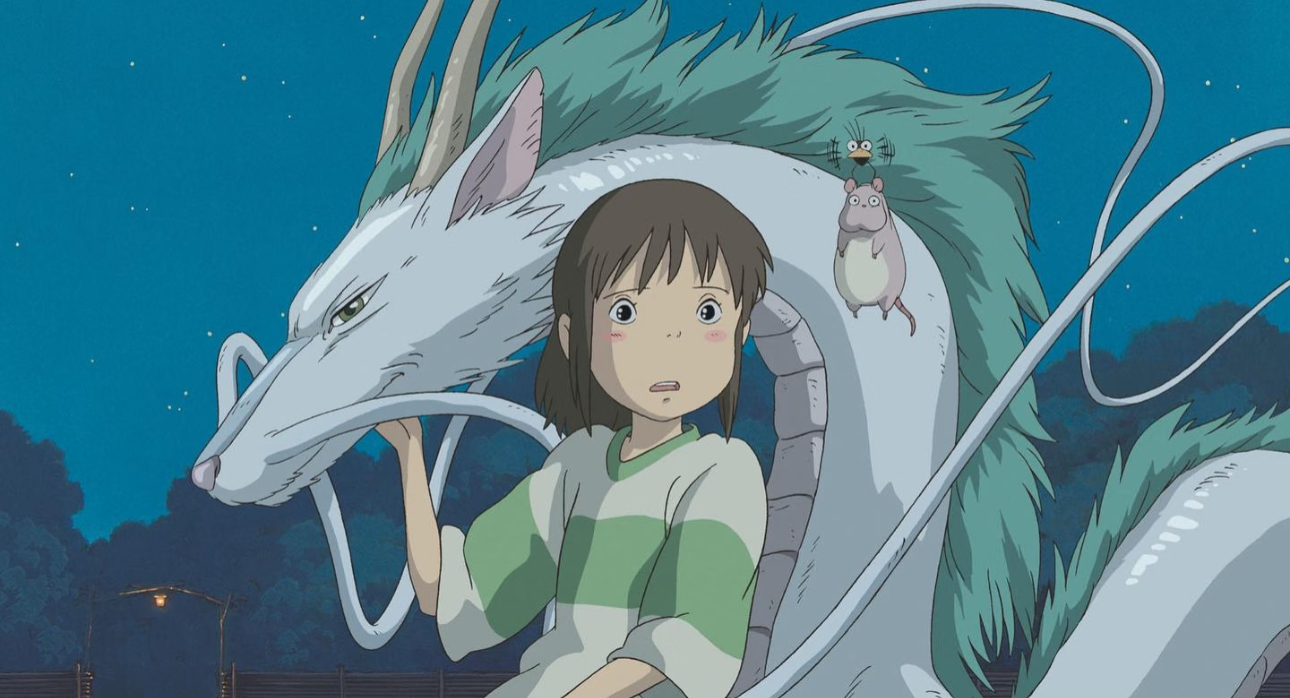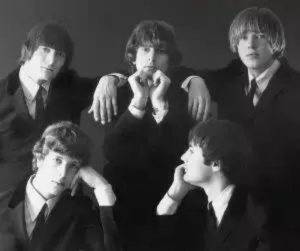A Journey into Spirited Away’s Enchanting Soundscape
Hayao Miyazaki's Spirited Away (2001) is not just a visual masterpiece but also an auditory wonderland, thanks to Joe Hisaishi's mesmerizing compositions. The film's piano-driven soundtrack has captivated millions, blending whimsical melodies with profound emotional depth. For piano enthusiasts and fans of famous piano songs, exploring the piano sheet music from Spirited Away offers a unique opportunity to relive the magic of Chihiro's journey through music.
Whether you're a beginner looking for beginner sheet music or an advanced player seeking a challenge, the soundtrack provides a range of pieces that cater to different skill levels. Websites like SheetMusicGo offer a variety of arrangements, from simplified versions to advanced transcriptions, making it easier than ever to play these iconic melodies.

The Magic of Joe Hisaishi’s Compositions
Joe Hisaishi, originally named Mamoru Fujisawa, is the creative genius behind Studio Ghibli’s iconic film scores. His collaboration with Miyazaki spans decades, and Spirited Away stands as one of their crowning achievements. Hisaishi's compositions blend Western classical influences with Japanese minimalism,compositions are particularly beloved for their expressive melodies and accessible structures, making them perfect for both beginner sheet music enthusiasts and advanced players.
Iconic Piano Pieces from Spirited Away
Below are the most celebrated piano compositions from the film, each with its own story and musical charm.
1. "One Summer's Day"
"One Summer’s Day" serves as the main theme of Spirited Away, encapsulating both the innocence and melancholy of Chihiro’s journey. The piece begins with a simple, reflective melody that gradually builds into a sweeping orchestral arrangement.
- Scene: The film’s opening, as Chihiro’s family drives toward the mysterious tunnel.
- Musical Style: A hauntingly beautiful piano piece with a flowing, reflective melody.
- Why Pianists Love It: Its repetitive yet evolving structure makes it ideal for beginner sheet music learners, while advanced players can explore its emotional subtleties.
- Sheet Music Availability: Available as a solo piano arrangement, with both free sheet music versions and professional editions.
2. "The Name of Life"
Though not originally from Spirited Away, this Hisaishi composition is often associated with the film due to its inclusion in concerts and piano collections. Its lyrical, flowing lines make it a favorite among pianists. The piano sheet music for this piece is widely available, with arrangements suitable for different skill levels.
- Scene:The music underscores Chihiro’s inner journey, mirroring her moments of contemplation and growth.
- Musical Style: A lyrical, flowing waltz with a gentle yet profound melody.
- Pianist’s Perspective: This piece is excellent for developing phrasing and dynamic control, making it a favorite among intermediate players.
3. "Reprise"
Reprise" is a variation of "One Summer’s Day" that plays during the film’s climax.It conveys a feeling of resolution, with a richer, more victorious tone. The piano arrangement features richer chords and a more pronounced melody, making it a rewarding piece for those who enjoy famous piano songs with a cinematic touch.
- Scene: Plays during Haku’s memory restoration and the film’s climactic moments.
- Musical Style: A tender, ascending melody with rich harmonies.
- Why It Stands Out: Its emotional weight makes it one of the most requested famous piano songs from Studio Ghibli films.
- Learning Tip: Slow practice is key to mastering its expressive nuances.
4. "The Sixth Station"
A hauntingly beautiful piece, "The Sixth Station" plays during Chihiro’s train ride to Zeniba’s house. Through minimalist piano lines, the music stirs a subdued sense of amazement, mirroring the cinematic narrative of solitude and discovery.
- Scene: Chihiro’s train journey across the water—one of the film’s most iconic moments.
- Musical Style: Minimalist and meditative, evoking a sense of quiet wonder.
- Piano Adaptation: Works beautifully as a solo piece, with arpeggiated left-hand patterns that create a hypnotic effect.
- Sheet Music Options: Look for simplified versions if you’re new to piano.
5. "Always With Me"
The song's soothing melody and heartfelt lyrics reflect the journey of the protagonist, Chihiro, as she navigates a magical world and discovers inner strength. With its warm, nostalgic tone, "Always With Me" has become a timeless piece, resonating with listeners worldwide as a reminder that loved ones are never truly far away.This gentle ballad captures the film's themes of courage, growth, and enduring love.
- Scene: The end credits theme, sung by Yumi Kimura.
- Musical Style: A warm, folk-inspired ballad with a memorable melody.
- Perfect For: Beginners seeking free sheet music that sounds impressive without being overly complex.
Spirited Away Piano Sheets: Best Sources to Find Them
For pianists eager to play these pieces, several resources offer high-quality transcriptions:
- SheetMusicGo’s soundtrack sheet music collection: Features official and fan-made arrangements, including piano sheet music for all levels.
- Beginner-Friendly Options: Simplified versions of "One Summer’s Day" and "Always With Me" are excellent starting points.
- Advanced Arrangements: If you’re looking for a challenge, try the full orchestral reductions of "The Dragon Boy" and so on.

Final Thoughts: Bringing the Spirit of Ghibli to Your Piano
Whether you’re a beginner looking for accessible free sheet music or an advanced player tackling Hisaishi’s intricate harmonies, Spirited Away’s piano music offers endless inspiration. Explore the sheets, immerse yourself in the melodies, and let the magic of Studio Ghibli flow through your fingertips.
For more piano arrangements, visit SheetMusicGo’s soundtrack collection or browse their Studio Ghibli selections to start your musical journey today.
FAQs
1.Q: "What musical techniques does Joe Hisaishi use in the Spirited Away main theme's piano arrangement to create its dreamlike quality?"
A: Hisaishi employs open fifths in the left hand (e.g., C-G drones) for atmospheric resonance, pentatonic melodies for a folkloric feel, and delicate arpeggios with sustain pedal to enhance the "floating" effect. The sparse harmonic progression (I-V-vi-IV) avoids resolution, sustaining mystery.
2.Q: “How does the Spirited Away score blend Western orchestration with traditional Japanese musical elements?"
A: Hisaishi fuses Western strings/woodwinds with instruments like the shakuhachi (bamboo flute) in "The Sixth Station." The One Summer's Day melody uses in sen scale (E-F-A-B-C), a Japanese modal scale, while waltz rhythms (3/4 time) reflect European influence. The result feels universally nostalgic yet distinctly Japanese.
3.Q: "How does Joe Hisaishi use leitmotifs in Spirited Away's soundtrack, and can they be identified in the sheet music?"
A: Yes! Key leitmotifs recur in the score:
- "Chihiro's Theme" (e.g., One Summer's Day): Simple, stepwise melody in D minor → innocence.
- "Haku's Dragon Theme": Swirling 16th-note patterns (heard in The Dragon Boy).
- "No-Face's Theme": Ominous chromatic movements in low registers.












